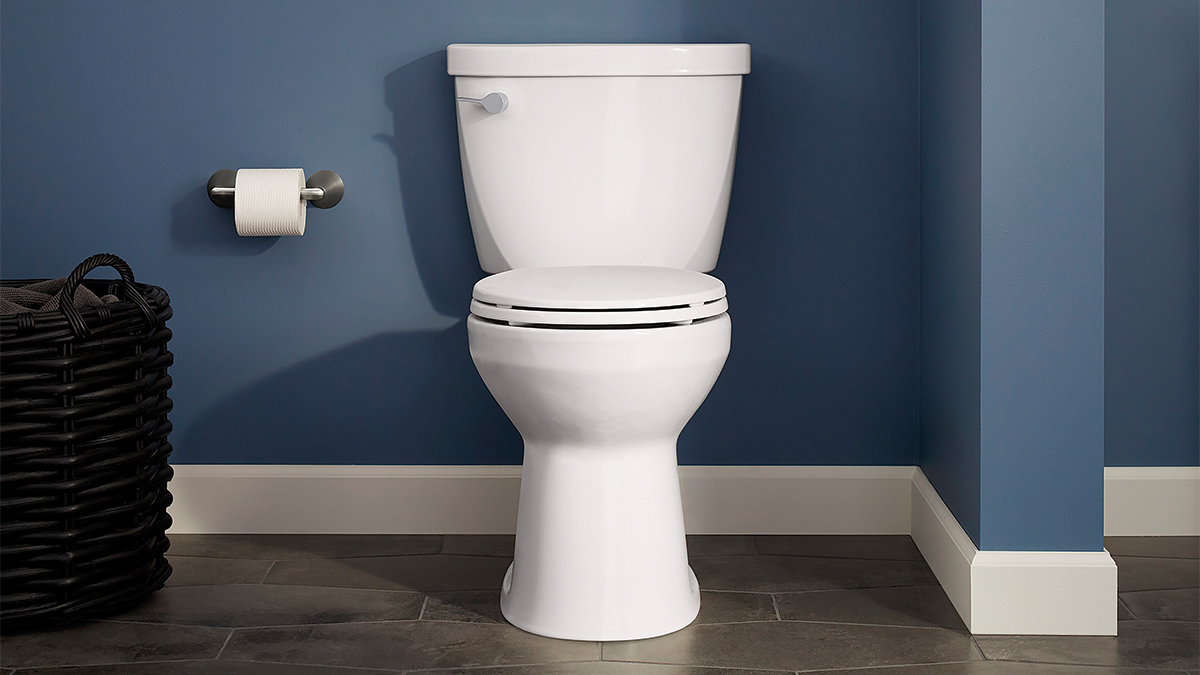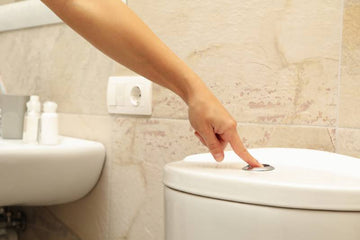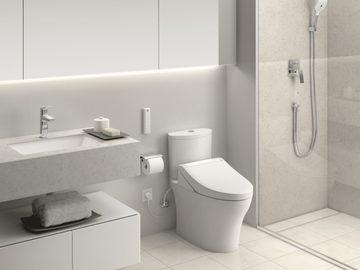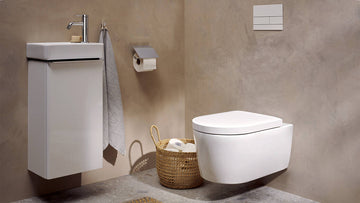In recent years, the demand for dual flush toilets has surged, largely due to their water-saving benefits. As environmental concerns grow, more people are considering the switch to conserve water and reduce utility bills. But what does a dual flush toilet installation cost, and why should you consider it? This article dives deep into the costs and benefits, ensuring that Industry QA professionals are well-informed.

Understanding the Basics
The concept of a dual flush toilet is straightforward. It offers two flushing options: a half flush for liquid waste and a full flush for solid waste. This mechanism significantly reduces water consumption, aligning perfectly with modern sustainability goals.
Why Installation Costs Matter
Understanding the installation cost helps in budgeting and planning. It also aids in comparing the long-term savings against the initial expense. Knowing these costs can also guide decisions about potential renovations or replacements, ensuring they align with both budgetary constraints and environmental objectives.
Breaking Down the Cost
The cost of installing a dual flush toilet varies based on several factors, including the model chosen, the complexity of installation, and regional labor rates. On average, homeowners can expect to spend between $150 to $500 for a mid-range model, not including installation fees.
Factors Influencing Installation Costs
1. Type of Toilet: The design and brand can significantly impact the price. High-end models with advanced features will cost more.
2. Labor Costs: Depending on your location, the labor charges for installation can vary. Urban areas usually have higher rates than rural locations.
3. Additional Plumbing Work: If your existing plumbing needs adjustments to accommodate the new system, expect additional charges. This could include replacing old pipes or repositioning the existing plumbing setup.
Long-term Benefits of Dual Flush Toilets
While the initial installation cost might seem steep, the long-term benefits are compelling. According to Express Sewer, these toilets can reduce water usage by up to 67%, translating into substantial savings on your water bills.
Additionally, by conserving water, you're contributing positively to the environment. Given the increasing global water scarcity, every drop saved makes a difference. For more insights on water conservation, check out how you can benefit from water-efficient toilets.
Making Informed Decisions
For Industry QA professionals, understanding the intricacies of such installations can be vital. It not only aids in making informed decisions but also positions you as a knowledgeable resource within your organization or client base. For those who are keen on further exploring water conservation in bathrooms, our article on reducing water waste offers practical tips.
DIY vs. Professional Installation
Some homeowners consider the DIY route to save on labor costs. While this can be an option, it requires a good understanding of plumbing systems to avoid potential mishaps. Hiring a professional ensures the job is done correctly and efficiently, ultimately saving both time and potential repair costs down the line.
For those interested in a DIY approach, a comprehensive guide on how to convert your existing toilet into a dual flush system can be found at Instructables.

FAQs
What is the average lifespan of a dual flush toilet?
With proper maintenance, a dual flush toilet can last between 10 to 15 years. Regular cleaning and timely repairs can extend its lifespan.
Are dual flush toilets compatible with all plumbing systems?
Most modern plumbing systems can accommodate dual flush toilets. However, older systems might require upgrades. It's advisable to consult a plumbing professional before installation.
How can I ensure my dual flush toilet remains efficient?
Regular maintenance is key. Check for leaks, ensure the flush mechanisms are functioning properly, and keep the toilet clean. For detailed maintenance tips, explore our guide on cleaning low-flow toilets.






